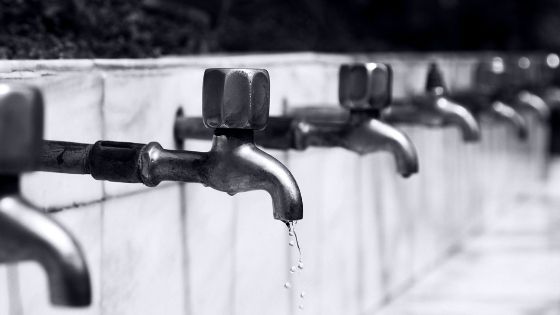Taps are a common feature in most public toilets. We visit facilities in shopping malls, train stations or airports expecting to use taps to wash our hands-free from dirt and germs. Some toilets have two designated taps with colours indicating what section discharges hot water and cold water. During the peak of the winter, washing our hands in warm water is quite soothing but is as effective in the killing of germs as its cold counterpart- the cold tap water. The case of the hot water tap in a public toilet can be viewed from two perspectives. Firstly, it is a product of a heating malfunction and not design. The second standpoint is hot taps in public toilets by design. Let’s have a quick look at these two standpoints.
The case of hot water coming from cold taps in the toilet
This is an issue that can be a product of bad plumbing or malfunction of the immersion thermostat in the heater. This may be the case of visiting a public toilet with a single cold water tap but surprisingly there was a release of hot water as well. In the conventional scheme of things, hot water is usually headed through large components referred to as immersion heaters. The immersion heaters are quite instrumental to the generation of heat as one will find with direct cylinders. In the case of indirect cylinders, water is heated via heat exchangers and transmitted from the boiler through a coil. Hot water deciding to travel through cold taps is primarily due to the heater thermostats being in the ‘on’ position. This malfunction results in a hot water cylinder occupying the cold water cistern in the loft. A mechanical explanation of what happens when you magically experience the cold water tap figuratively ‘too hot to handle.’
The case of hot and cold water taps in a public toilet
The second scenario is an act of design with designated taps to produce hot and cold water respectively. Do you think hot water taps are necessary for a public toilet? In G3 (Hot water supply and systems) (1) of the Building Regulations of England and Wales, it declares the following (1) There must be a suitable installation for the provision of heated wholesome water or heated softened wholesome water to (a) any washbasin or bidet provided in or adjacent to a room containing a sanitary convenience; (b) any washbasin, bidet, fixed bath and shower in a bathroom; and (c) any sink provided in any area where food is prepared.
The above regulation sheds some light on why there are hot water taps in public facilities. The first section of the G3 requirement stipulates the need for hot water tap in basins close to sanitary convenience or public toilets in this scenario. There are moments when basins are not situated close to a toilet or washroom. You sometimes can find basins in the corridor of hospitals or angled space in a primary school. In these situations, one will not expect a hot water tap based on section one of the building regulation as these places do not contain a toilet. In the second section when a shower and a toilet is housed in the same building, a hot water tap should be provided and not an afterthought. Section C focuses on food-related businesses and the necessity of hot water taps in these situations.
We’ve looked at the case of hot taps in public toilets from a malfunction and regulatory perspectives.




